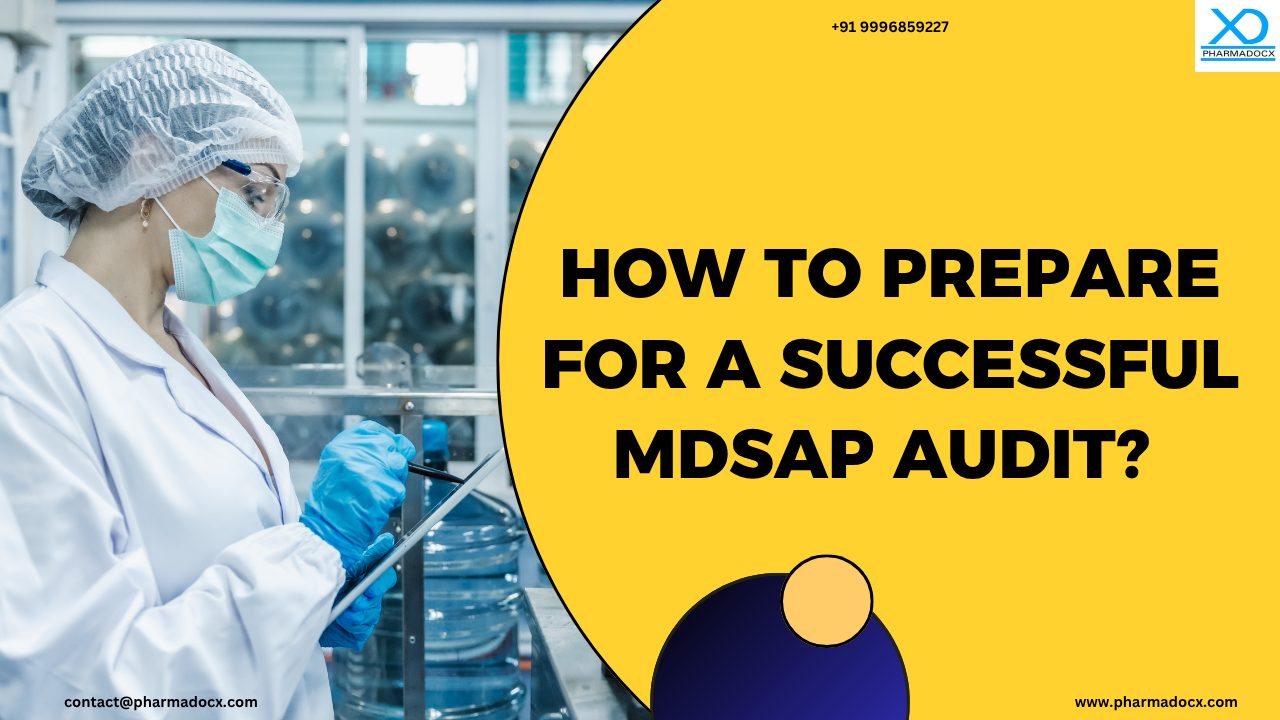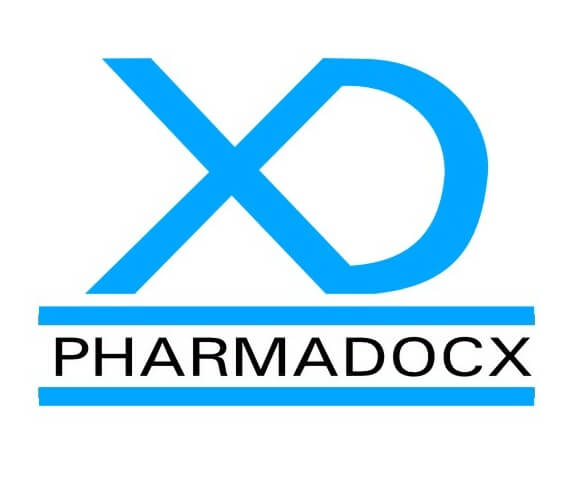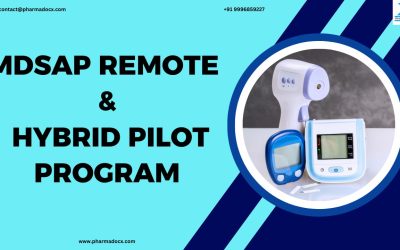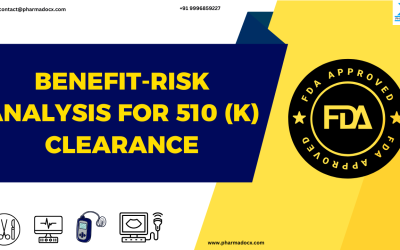Preparing for a successful medical device single audit program (MDSAP) audit requires strategic planning, robust documentation, and cross-functional alignment. For manufacturers seeking to demonstrate regulatory compliance across multiple jurisdictions, MDSAP is a unified harmonized audit approach. MDSAP streamlines the audit process by minimizing redundant inspections while ensuring the QMS aligns with standards set by regulatory authorities. We have written this blog to help you prepare for a successful MDSAP audit.
What is MDSAP?
The Medical Device Single Audit Program (MDSAP) is a global initiative that allows medical device manufacturers to undergo a single regulatory audit that satisfies the requirements of multiple participating countries. Instead of facing separate audits from each national regulatory authority, manufacturers can streamline compliance through one harmonized process. MDSAP covers five major markets, U.S. FDA, Health Canada, ANVISA (Brazil), MHLW/PMDA (Japan), and TGA (Australia). The MDSAP audit is based on a process-based approach that aligns with ISO 13485:2016 guidelines while incorporating additional jurisdiction-specific regulations.
Purpose and vision of MDSAP
- Efficiency: Reduces audit duplication and regulatory burden.
- Safety: Enhances global oversight and product safety.
- Transparency: Promotes consistent audit standards and outcomes.
MDSAP audit focuses on seven key processes
- Design and development
- Management
- Measurement, analysis, and improvement
- Production and service controls
- Purchasing
- Device marketing authorisation and facility registration
- Medical device adverse events and advisory notices reporting
Each process is linked to specific questions, audit tasks, and evaluation criteria. These must be addressed to demonstrate compliance with ISO 13485:2016 and the regulatory requirements of all the participating MDSAP countries. Each MDSAP process has unique focus areas. Thus, a process-specific approach has to be followed for a successful MDSAP audit.
How does MDSAP work?
We have presented in brief how does MDSAP work.
- A recognized Auditing Organization (AO) conducts the audit using the MDSAP audit model. It evaluates the manufacturer’s Quality Management System (QMS) against ISO 13485:2016 and jurisdiction-specific requirements.
- The audit covers key processes like management controls, design and development, production, purchasing, and post-market surveillance.
Key considerations for each MDSAP process for a successful MDSAP audit
We have provided MDSAP process-wise tips fora successful MDSAP audit.
- Design and development: Clearly articulate your design controls, encompassing design inputs, outputs, verification, validation, and change management procedures. Additionally, maintain a comprehensive Design History File (DHF) that documents the full development lifecycle. It should cover everything from initial concept to market launch. Moreover, be ready to present tangible examples of how risk management has been systematically embedded throughout the design process.
- Management: Showcase top management’s commitment by actively engaging in quality management system (QMS) reviews and decision-making processes. Ensure that the quality policy and objectives are clearly documented, quantifiable, and aligned with the organization’s strategic direction. Furthermore, keep detailed records of management review meetings, including documented follow-up actions to drive continuous improvement.
- Measurement, analysis, and improvement: Establish robust data collection mechanisms to monitor product quality, customer complaints, and process performance metrics. Leverage trend analysis to proactively detect emerging issues before they escalate. Moreover, provide clear evidence that corrective actions have been implemented effectively, thereby resulting in measurable improvements across key quality indicators.
- Production and service controls: Ensure that all processes, especially those where outputs cannot be verified through subsequent inspection, are supported by documented validations. Continuously monitor environmental conditions that may impact product quality, with particular attention to cleanliness and contamination control. Confirm that all operators are properly trained and qualified for the tasks they perform. Additionally, maintain records to demonstrate competency and compliance.
- Purchasing: Assess suppliers primarily on their capability to meet defined quality standards, rather than focusing solely on cost and delivery timelines. Maintain detailed records of supplier performance metrics and perform periodic re-evaluations to ensure ongoing compliance. Furthermore, respond swiftly to supplier non-conformances. Additionally, thoroughly document the investigation process and any corrective actions taken to prevent recurrence.
- Device marketing authorisation and facility registration: Maintain a current and comprehensive inventory of all regulatory licenses, product approvals, and facility registrations across applicable jurisdictions. Proactively manage renewal timelines to ensure all authorizations remain valid and uninterrupted. Store submission documents and approval records in a centralized, easily accessible repository to support audit readiness and cross-functional transparency.
- Medical device adverse events and advisory notices reporting: Establish well-defined procedures for identifying, documenting, and reporting adverse events in every relevant market. Ensure all reporting timelines are aligned with the specific requirements of each regulatory authority. Maintain thorough records of advisory notices, field safety corrective actions, and all communications with regulators to support transparency and compliance.
How to prepare for a successful MDSAP audit?
We have provided a step-by-step guide for successful MDSAP audit. This structured plan will help you effectively and efficiently approach the MDSAP audit process.
- Review the current MDSAP audit approach document: Start by carefully examining the latest version of MDSAP guidelines. The guidelines will outline the structured audit sequence, evaluation criteria for each process stream, and the specific questions auditors are likely to ask. Pay close attention to jurisdiction-specific requirements, as these may vary depending on your target markets and product registrations. Furthermore, maintain a highlighted and annotated copy of the MDSAP regulatory requirement documents in a centralized location. Ensure your compliance and quality teams can quickly reference them during audit preparation and internal reviews.
- Conduct a thorough gap analysis: Begin by systematically comparing each element of your existing Quality Management System (QMS) against the requirements outlined in the MDSAP Audit Model. This analysis should include reviewing documented procedures for every core process. Check whether the procedures are consistently implemented in practice. Identify any deficiencies in records, data, or supporting evidence. Map ISO 13485:2016 clauses to corresponding MDSAP audit tasks. Finally, once the gaps are identified, develop a targeted corrective action plan with clearly defined responsibilities, realistic timelines, and mechanisms for tracking completion and effectiveness.
- Create an MDSAP-aligned internal audit checklist: Design your internal audit checklist to closely reflect the structure and expectations of the MDSAP audit model. This will help you prepare better for a successful MDSAP audit. For each of the seven core process streams, incorporate specific audit tasks and required evidence and records to demonstrate compliance. Jurisdiction-specific criteria relevant to your target markets have to be included in the checklist. Additionally, while preparing the checklist cross-reference with applicable ISO 13485:2016 clauses. This method will transform your internal audit into a realistic rehearsal for the official MDSAP audit. Moreover, this will help teams anticipate auditor questions and validate readiness across all regulatory dimensions.
- Offer a targeted training program to your staff: Successful MDSAP audit preparation depends on the competence, confidence, and coordination of your internal teams. Training programs should focus on understanding the MDSAP audit methodology and how it differs from traditional ISO audits. Additionally, process-based auditing techniques and evidence-driven evaluation should be focused on. Training should be imparted on providing clear, factual responses to auditor inquiries, supported by traceable documentation. Incorporating mock audits into your training regimen is especially valuable.
- Enhance document control and record management: Keep all procedures, work instructions, and records current, formally reviewed, and approved. Clearly identify and control document versions to prevent confusion or misuse. Ensure records are easily accessible and stored in accordance with defined retention policies. Remove obsolete documents from active circulation to avoid accidental reference or use.
- Proactively address non-conformities: Do not wait for external audits to uncover issues. Leverage internal audits to identify potential non-conformities early and initiate timely corrective and preventive actions (CAPA). This proactive approach reflects a strong culture of continuous improvement, which is a critical focus in MDSAP evaluations.
- Commit to continuous improvement: Use insights from monitoring, measurement, and internal audits to drive meaningful process enhancements. Having a robust plan-do-check-act (PDCA) cycle within your QMS reinforces compliance, boosts operational efficiency, and supports long-term regulatory resilience.
Pharmadocx Consultants: Your trusted support for a successful MDSAP audit
A successful MDSAP audit warrants a culture of continuous improvement, quality, and proactive approach. Email at [email protected] or call/Whatsapp on 9996859227 and we will guide you through the MDSAP process.





